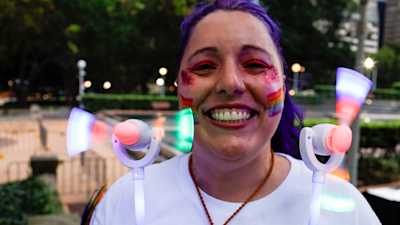Challenging misconceptions and breaking down the barriers faced by people with invisible disabilities.
In Australia, 4.4 million people live with a disability, it is estimated that 80% of these individuals have an invisible disability. With a significant portion of the Australian population affected by invisible disabilities, understanding the unique challenges they face is key to creating a more inclusive and supportive community.
Here’s what you need to know about invisible disabilities, the barriers people with invisible disabilities face, and how you can be a better ally.
What are invisible disabilities?
Invisible or ‘hidden’ disabilities, are conditions or chronic illnesses that are not immediately visible to others. Invisible disabilities are very common and can significantly impact a person’s daily life, activities, or interactions.
Disabilities and conditions that are considered invisible range across physical, mental, or neurological conditions, such as chronic pain and fatigue, fetal alcohol spectrum disorders, brain injuries, autism, ADHD, multiple sclerosis, cognitive and learning disabilities, and mental illnesses such as depression and anxiety.
Challenges and misconceptions
The barriers experienced by people with invisible disabilities are often exacerbated by a lack of understanding within the broader community.
As a result, people with invisible disabilities frequently face misunderstandings, false perceptions, and judgements from others, which often leads to discrimination and insufficient support for their very real and valid needs.
You don’t look like you have a disability
Often, people perceive disability in terms of visible signs, such as using a wheelchair or having an assistive device. When people with invisible disabilities don’t fit this stereotypical view because their symptoms are not immediately visible, some people find it hard to understand and believe that someone with an invisible disability genuinely needs support.
This can create significant obstacles in various aspects of life, including education, employment, and social interactions.
“Before my autism diagnosis, my request for a workplace adjustment at a previous workplace was met with a dismissal of mental illness as a ‘real disability’ and that I wasn’t ‘disabled enough’ to ask.” Ashleigh Sternes, Diversity and Inclusion Lead.
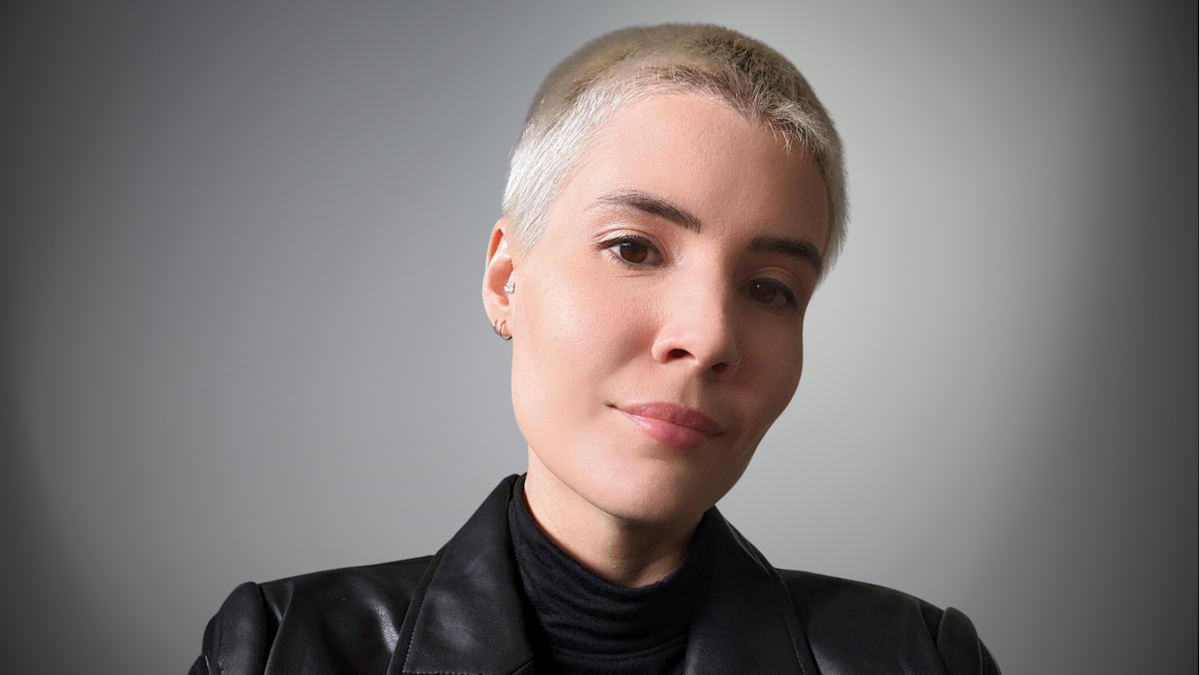
Image: A close-up of Ashleigh Sternes, Diversity and Inclusion Lead, wearing a black top and jacket, looking at the camera.
You can’t park there
An obstacle frequently faced by people with invisible disabilities is attempts to block their access to public accessibility measures, such as accessible toilets or parking spots, as some people have taken it upon themselves to challenge individuals attempting to use these facilities.
Demanding proof of a disability or questioning the validity of someone’s need for these accommodations creates unnecessary stress and conflict. There are many reasons someone who doesn’t appear to have a disability might require access to an accessible toilet or parking spot, and they should not be made to feel as though they need to justify their needs.
It is never ok to ask someone to prove they have a disability.
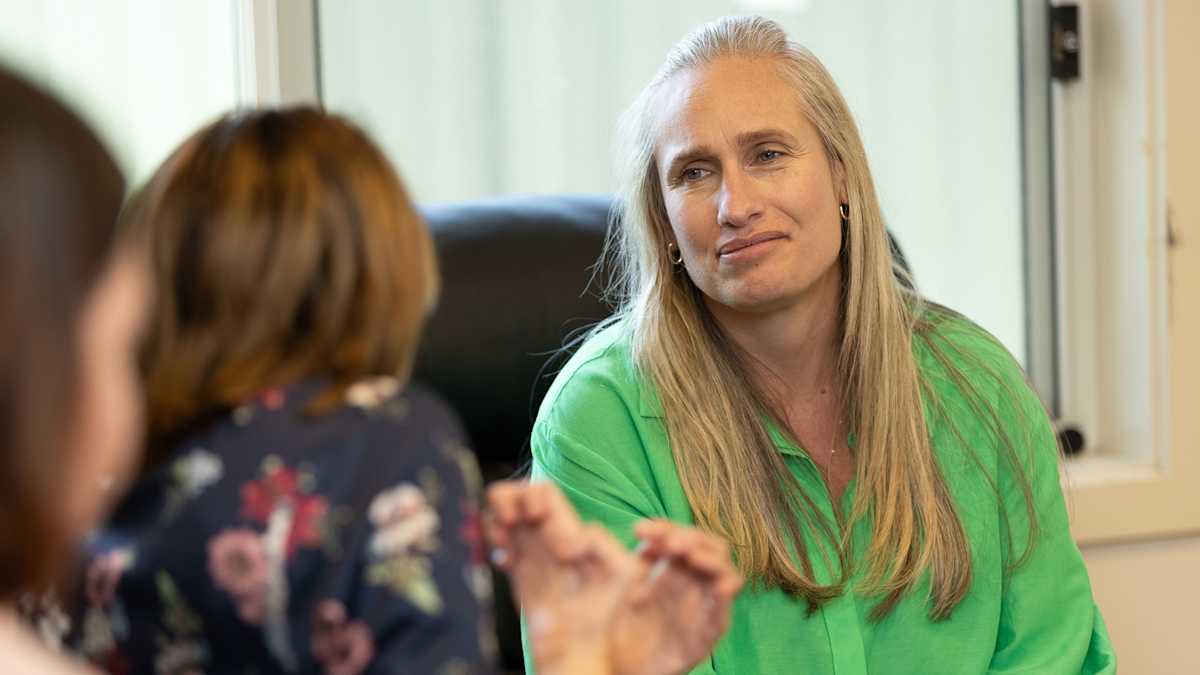
Image: A woman with long blonde hair wearing a green shirt listening to another person.
You’re faking it
A common and harmful misconception is that individuals with invisible disabilities are lying about or exaggerating their pain and symptoms for attention. Because these disabilities are not visible, some people assume that those who report chronic pain or other issues are simply seeking sympathy or trying to avoid responsibilities.
This belief undermines the very real and often debilitating experiences of those with invisible disabilities, leading to a lack of support and understanding.
“I spent a lot of time hiding a large part of who I am at work because people couldn’t always ‘see’ my disability, and I didn’t feel safe to share it.” Emily Reaper, Innovation Project Lead.
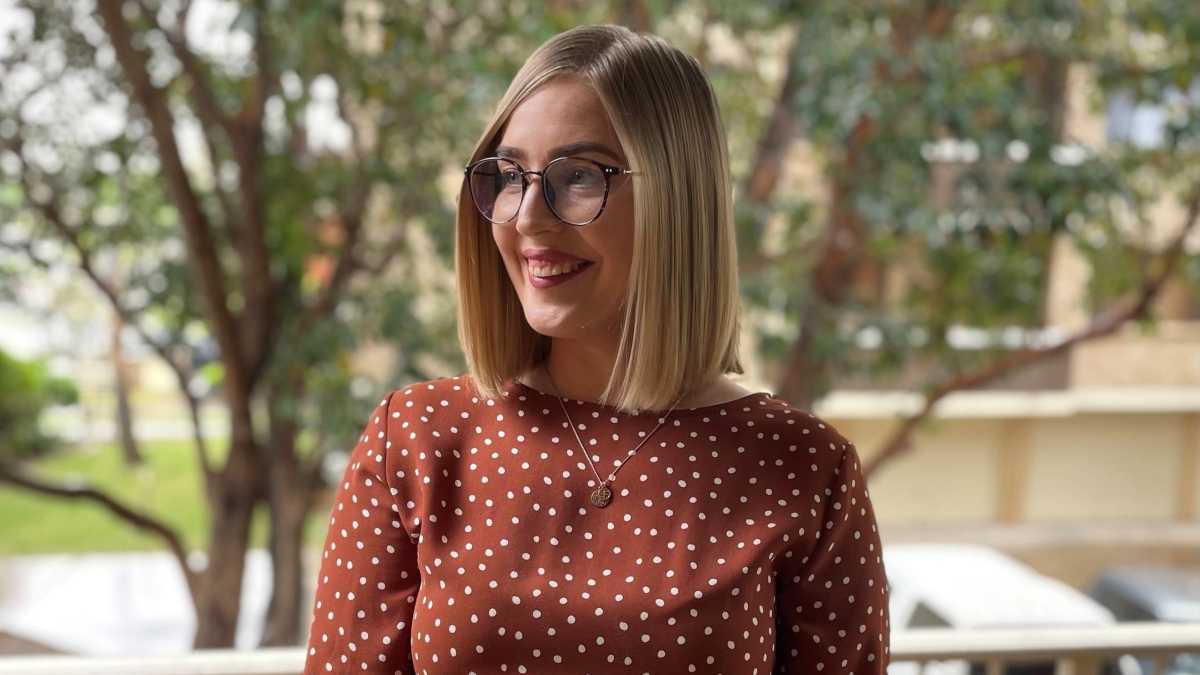
Image: Emily Reaper has short blonde hair and is wearing a brown dress with white spots and glasses.
You look better today. Does that mean you’re cured?
Another misconception is the belief that if someone with an invisible disability appears to be doing well on a good day, they have overcome their condition. This viewpoint fails to recognise that symptoms of some disabilities can fluctuate.
When someone appears to be having a good day, it may simply mean they are managing their symptoms better at that moment, or masking their symptoms. It does not mean their condition has permanently improved, nor does it invalidate their ongoing need for accommodations on other days.
“Living with my disabilities is like being on a rollercoaster.” Ceara Rickard, Practice Assurance Advisor.
"Sometimes my immune issues are in remission, my cancer is stable, and you would never know I was sick unless I told you. At other times, I find myself critically ill in the hospital facing lengthy rehabilitation periods.”
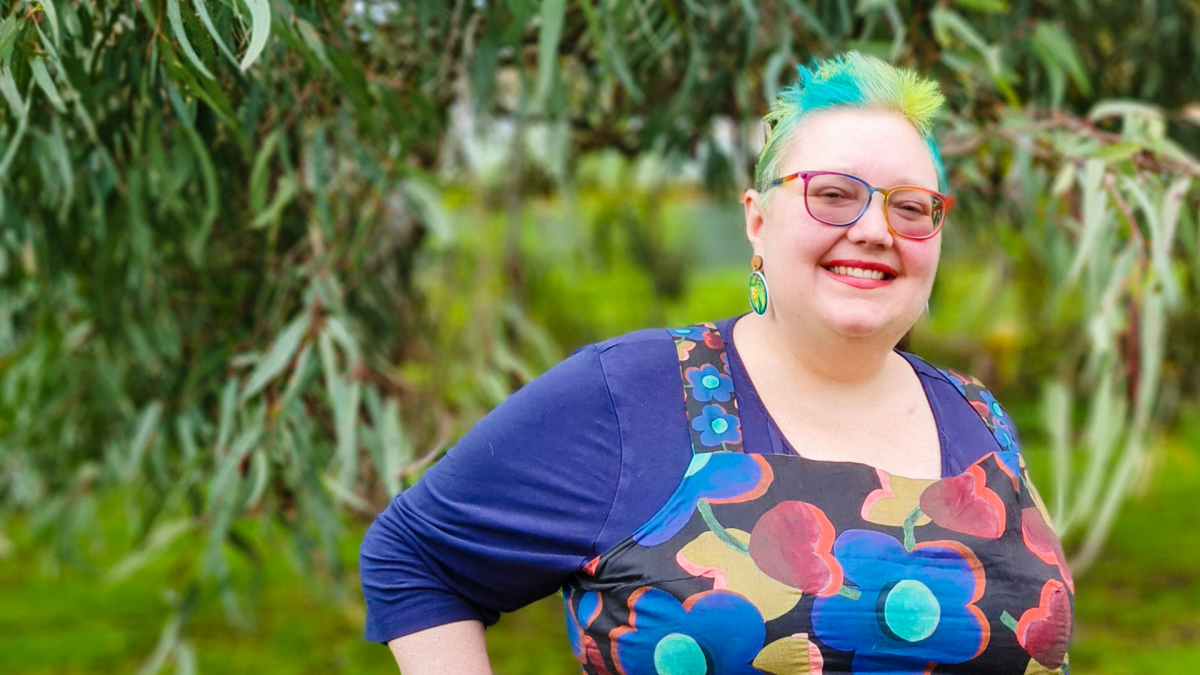
Image: Ceara standing outdoors wearing a long-sleeved purple top under a dress with blue, yellow and red flowers. Ceara has short, colourful hair and rainbow glasses.
You managed last week, so why not now?
Due to the fluctuating nature of many disabilities, it is also common for people to question why someone with an invisible disability can participate in an activity one week but struggle to do so the next week.
Symptoms can often fluctuate, and factors such as changes in health, energy levels, or external stressors can all impact a person’s ability to engage in activities.
So, expecting the level of capacity or participation to remain the same is unrealistic because what was manageable last week might not be feasible today for any number of reasons.
“Occasionally, like many people, I have a day where my mental health isn’t good. I’m able to tell my manager this and say, ‘Hey, I’m not going to be in today for ___ reason.’” Ariel Lee, Project Officer, Innovation.
“It’s great to be able to be transparent about these things [at Life Without Barriers] and to not feel like I must hide what’s going on.”
It’s important to remember that disabilities are diverse, and individual needs vary widely. Each person’s experience with their condition is unique, and their requirements for support and accommodation will differ from others and can sometimes change from day to day.
Understanding and respecting the diverse needs of individuals with invisible disabilities is essential to ensure that all people receive the accommodations and understanding they deserve.
The Hidden Disabilities Sunflower Program
Designed to encourage inclusivity, acceptance and understanding, the Hidden Disabilities Sunflower Program supports people living with invisible disabilities by raising awareness, training businesses, and sharing stories to help create a more inclusive, understanding society.
The program also provides lanyards and wristbands that people with disability can wear to let others know that they have access needs or may need support. For people who don’t have a disability, there are Sunflower Supporter Lanyards available to show that you are an ally to people with disabilities.
The program has been launched in countries across the world, and businesses from every sector have joined the global Sunflower network. You can view the Sunflower map to find local businesses and organisations participating in the program near you.

Image: Green lanyards and cards with sunflowers from the Hidden Disabilities Sunflower Program.
How to practice your allyship
Don’t treat everyone the same: Often, in our intent to be ‘fair’ or base our decisions or approach on ‘merit’, we ignore that everyone has different needs, experiences, and opportunities.
Approach conversations with openness and empathy: Ask people with a disability what they need instead of making assumptions or decisions for them.
Be flexible: Variations in symptoms are a normal part of living with an invisible disability. When an individual needs to cancel or reschedule plans due to their condition, offer understanding and flexibility rather than judgement.
Challenge bias and discrimination: Be proactive in addressing and challenging bias or discrimination when you encounter it. This means standing up against unfair treatment and advocating for more inclusive practices within your community or workplace.
Educate yourself: Stay informed about invisible disabilities and the diverse experiences of those who live with them. By continually educating yourself, you can better understand the complexities of different conditions and how to provide meaningful support.
At Life Without Barriers, our doors are always open to people with disability. We want our employees to be accepted and welcomed for the difference and diversity they bring, and we actively support all employees to bring their whole selves to work.
You can learn more about our commitment to creating a diverse and inclusive workplace here.

